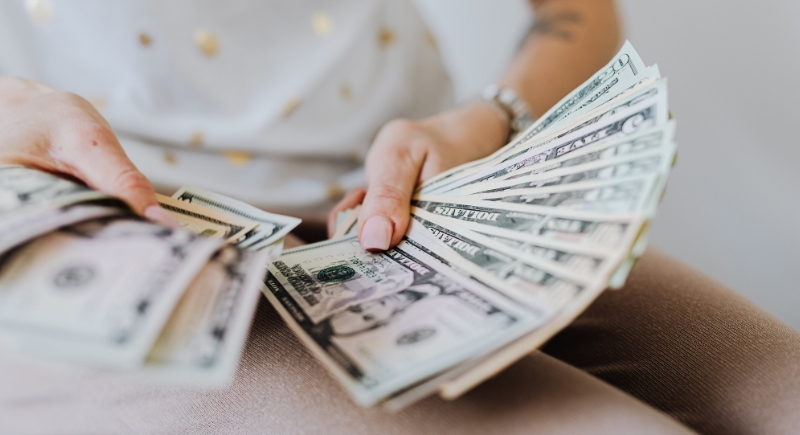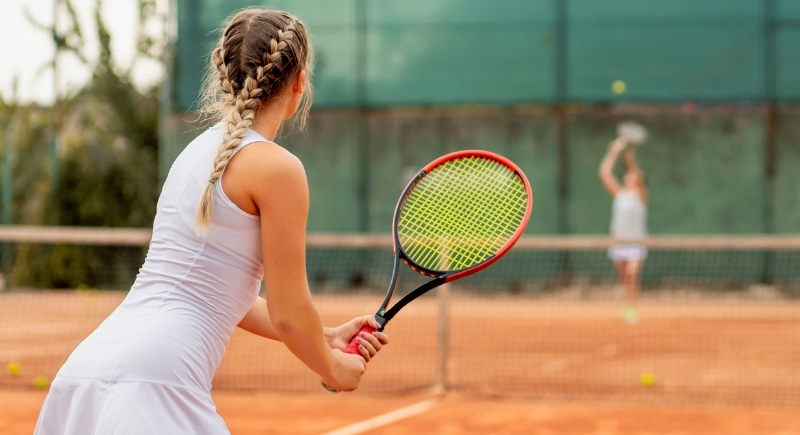Is NIL Having a Negative or Positive Effect on the Landscape of College Sports?
When college athletes start signing endorsement deals, promoting brands on social media, and earning money from their name, image, and likeness (NIL), the impact reaches far beyond personal profit. The shift has redefined the economics of college athletics by challenging long-standing ideas about amateurism, recruiting, and team balance. As athletes embrace newfound autonomy, universities and fans alike are left to ask: Is this transformation strengthening or undermining the spirit of college sports?
Athletes Are Finally Getting Paid

Image via Pexels/Karola G –
When the NCAA lifted its restrictions on name, image, and likeness (NIL) on July 1, 2021, college players gained new leverage. Under the latest model, athletes can sign sponsorships, launch merchandise lines, and build their personal brand in ways that were once reserved for pros. For top athletes, the impact has been dramatic. Some college athletes now earn millions through social-media deals and brand partnerships.
For example, high-profile athletes with millions of Instagram followers have enabled brands to tap into new markets, thus converting followers into revenue streams. Beyond the big-money stories, NIL has also opened doors for athletes in lesser-known sports. Deals were previously seen as reserved for football and men’s basketball. However, female athletes and competitors in sports such as gymnastics and softball are also gaining followers, sponsorships, and recognition.
One of the most notable benefits of NIL is fairness. For decades, college athletes generated substantial value for schools and media partners, but had little real opportunity to share in that value.
NIL also teaches athletes business skills. Negotiating deals, managing brand image and social-media presence, and understanding taxes and contracts are real-world lessons that extend beyond the field.
Interestingly, initial concerns that NIL would concentrate talent ever more heavily in power programs are proving less clear-cut. Some analysts suggest that allowing athletes to profit may spread recruiting possibilities rather than shrink them.
What’s Worrying Coaches, Schools, and Fans
Not all the changes have been smooth. Some teams face internal strain when one athlete earns far more than teammates. This is a pattern that can trigger tension, morale issues, or distractions. Another concern is that recruiting driven by NIL may shift focus away from long-term development and academics. Schools with smaller budgets may struggle to offer competitive NIL packages, which could skew the competitive balance.
More broadly, the amateur model of college sports is under pressure. As athletes increasingly resemble professionals, with brand deals and market values, the line between “student-athlete” and “paid performer” begins to blur.
Big Programs vs Smaller Schools: Who Wins?
When mega programs can direct alums, brand money, and big-market exposure to fuel athlete deals, they may widen the gap with smaller schools. Some fear the “rich get richer” dynamic will deepen. A recent op-ed observed that while smaller schools have benefited in some cases, the concern remains valid for many programs.
On the other hand, some smaller schools are capitalizing on niche angles. For athletes with unique stories or strong social media followings, the platform created by NIL opens up recognition that might otherwise never have arrived. So while the scale is uneven, the opportunity has broadened in some surprising ways.
The Road Ahead

Image via Canva/Зображення користувача Volodymyr Maksymchuk
Regulation remains patchy. Since NIL laws vary by state and individual school policies, the field remains inconsistent. That makes compliance tricky and creates a sense of “wild west” among some observers. Team-based effects deserve attention, too. When star athletes skip postseason games, transfer, or leave early, partly due to larger NIL opportunities, team cohesion and academic focus can suffer. Supporting all athletes, not just the superstars, is still an imperfect goal. Many athletes in non-revenue sports have not seen comparable benefits, despite the same rules applying across the board.